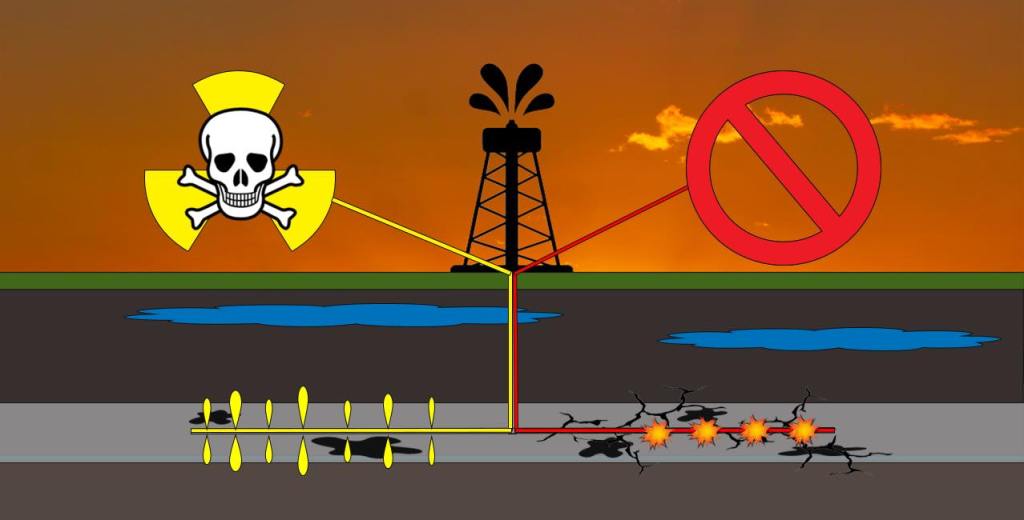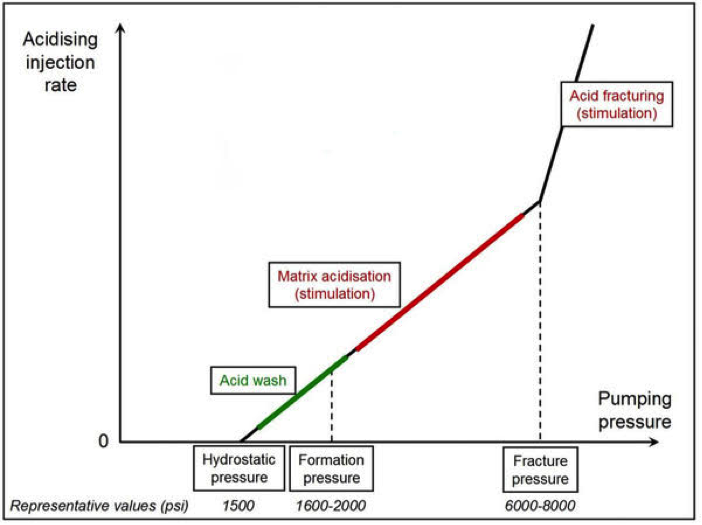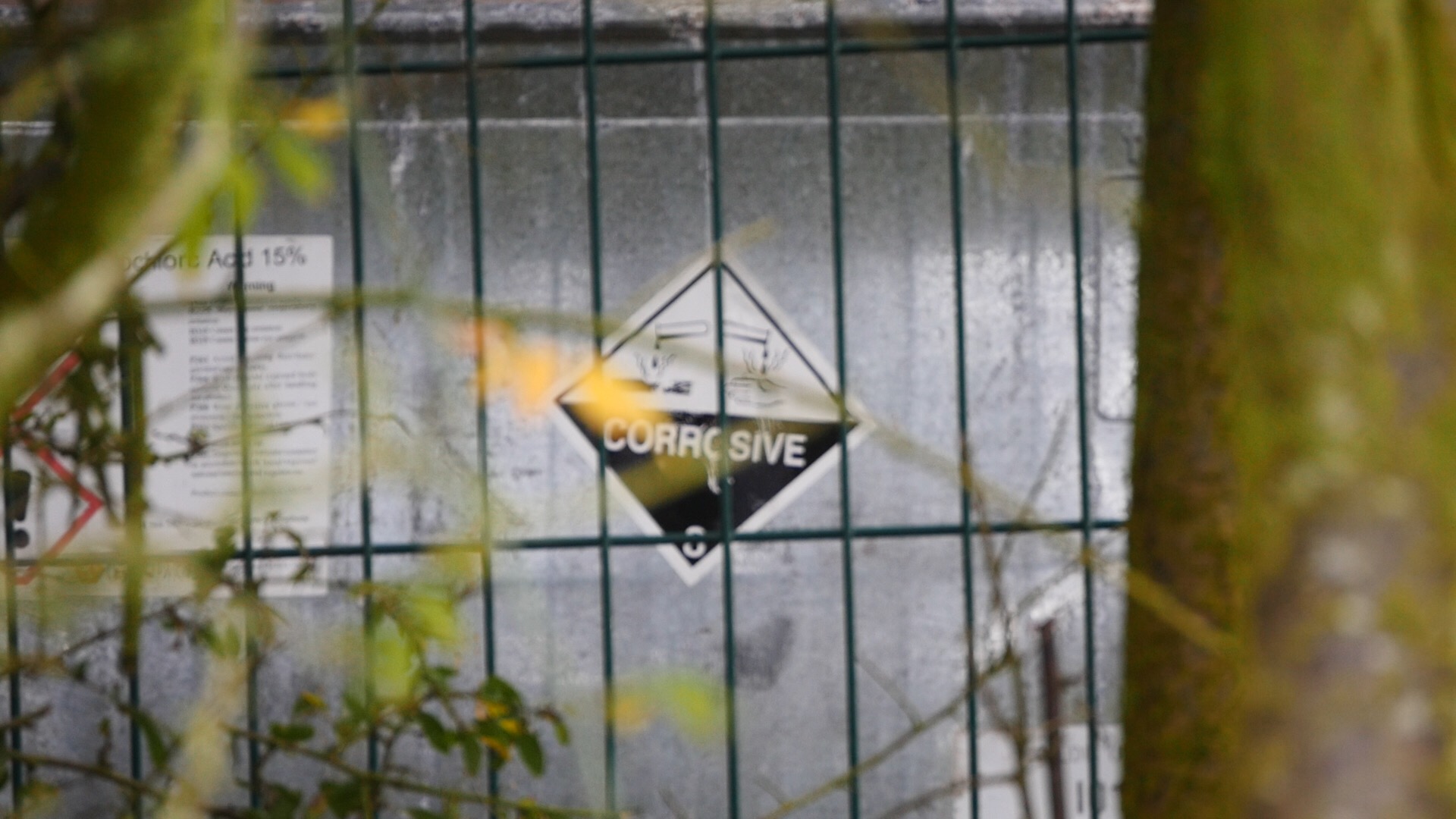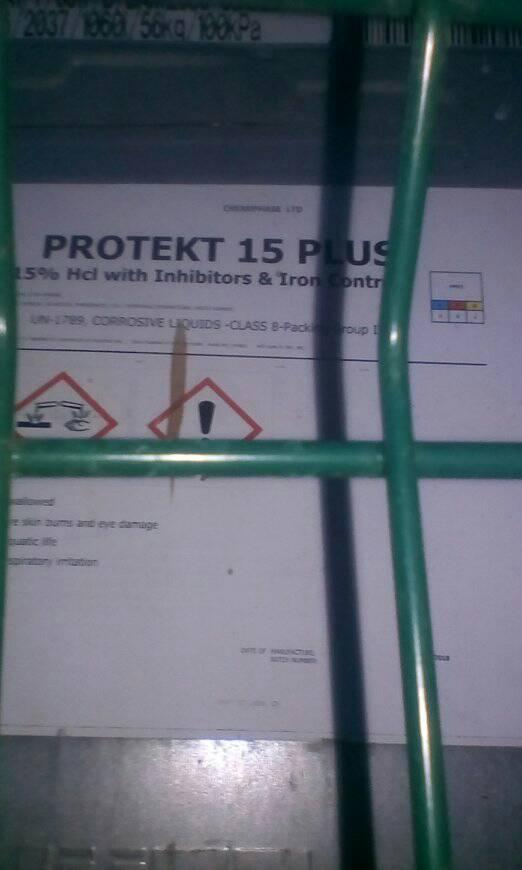This is a summary of our recent research article Acid stimulation: Fracking by stealth continues despite the moratorium in England, published in the international peer-reviewed journal Energy Policy earlier this year (see press release). The article is a fuller, updated policy discussion of our previous briefing paper on acidisation.

- Nearly two years after the introduction of the fracking moratorium (2 Nov 2019), at a time when the UK is trying to demonstrate climate action leadership by hosting COP26, the threat of “small-scale fracks” and fracking-like acidisation still hangs over multiple communities across the country.
- This is because the moratorium only covers very high volume fracking as defined by the Infrastructure Act 2015 (IA2015), leaving out entire gamut of lower volume fracking operations.
- Our recently published paper describes the source of this flawed definition and how it trickles down through the oil and gas regulatory framework, denying vital protections to the environment and surrounding communities.
- We follow the evolution of this definition in legislation, namely the substitution of “each stage” with “any stage” (with relation to the 1000 cubic meters of fluid volume threshold) first in 2016 for ‘protected areas’ and then in 2017 for all hydraulic fracturing operations. This small change of a single word tightened the definition significantly, indicating the government’s own realisation that the IA2015 definition was not adequate.
- Even after the amendment, the definition remains deficient. We demonstrate this by looking at the history of the three shale wells fracked in the UK to date, all of which triggered notable seismic events (Preese Hall-1 in 2011, PNR-1 in 2018 and PNR-2 in 2019) – none of them would have met the original definition and only Presse Hall-1 met the tightened definition.
- In addition, the amended definition is far from capturing acid stimulation – the fracking-like method of unconventional hydrocarbons extraction that involves many of the same risks and concerns surrounding hydraulic fracturing, namely: induced seismicity, air and noise pollution, groundwater contamination and industrialisation of the countryside.
- We clarify the distinction between conventional and unconventional rock layers and explain the key concept of permeability. A low permeability (by consensus defined as less than 0.1 millidarcies) implies that the resource is unconventional, meaning that it requires special methods to extract the resource. Above that value, conventional methods suffice.
- Further, we point out that the Environment Agency regulates acid-based injections on the basis of operator “intent”, often exempting them from any further reporting or monitoring of these activities. Acid stimulation is also exempt from the Traffic Light System (TLS) monitoring of induced seismicity.
- We also describe the inconsistencies between the four oil and gas regulatory regimes (Oil & Gas Authority, Health & Safety Executive, Environment Agency and the planning regime) – they all use different definitions of hydraulic fracturing.
- Due to the changes to legislation and confusing regulatory landscape, the 2019 moratorium is also ambiguous as to which operations fall under its scope. Confusing statements have been made by politicians and Ministers, including Andrea Leadsom in her written statement on 4 Nov 2019 announcing the moratorium. We discuss these ambiguities and confused, inaccurate messaging.
- Finally, we propose a new definition of unconventional hydrocarbon exploitation that could be adopted across the regulatory regime. This definition would:
- More adequately capture the current unconventional oil and gas exploration and production which the operators pursue under the guise of conventional activities,
- Help to streamline the regulations and
- Finally allow the affected communities to call the threats by their name. Fracking is a highly emotive word for a reason; the industry knows it well and it is in their interest to play down what they’re doing with confused language.
- Most crucially, if our definition were to be adopted, it would stop most, if not all, new onshore oil and gas developments because conventional deposits have already been discovered and many of them depleted.
- Our proposed definition of fracking (in relation to treatments aimed at increasing hydrocarbon extraction) is:
All well stimulation treatments of oil and gas wells which increase the permeability of the target rock volume to higher than 0.1 millidarcies beyond a 1 m radius from the borehole.





